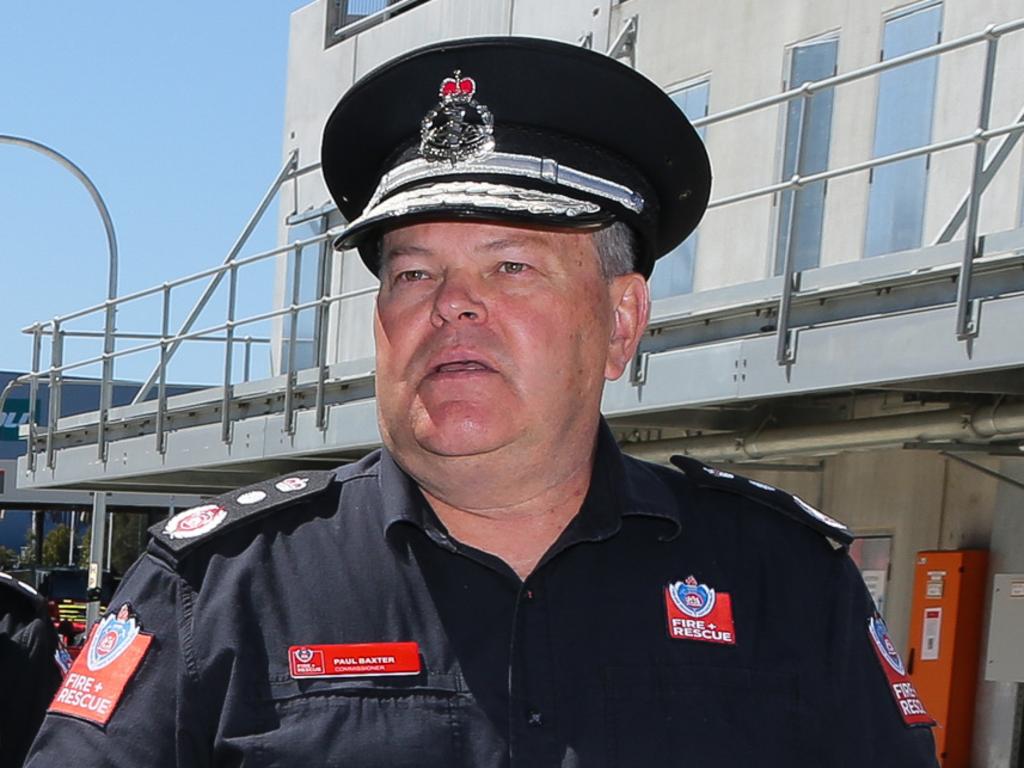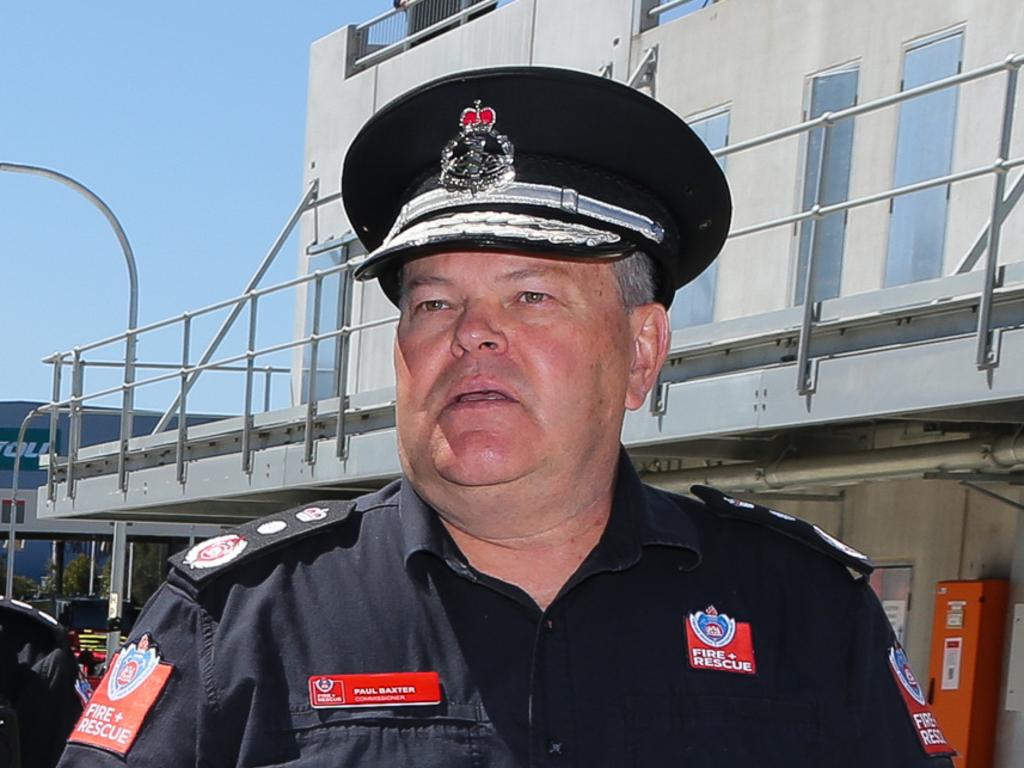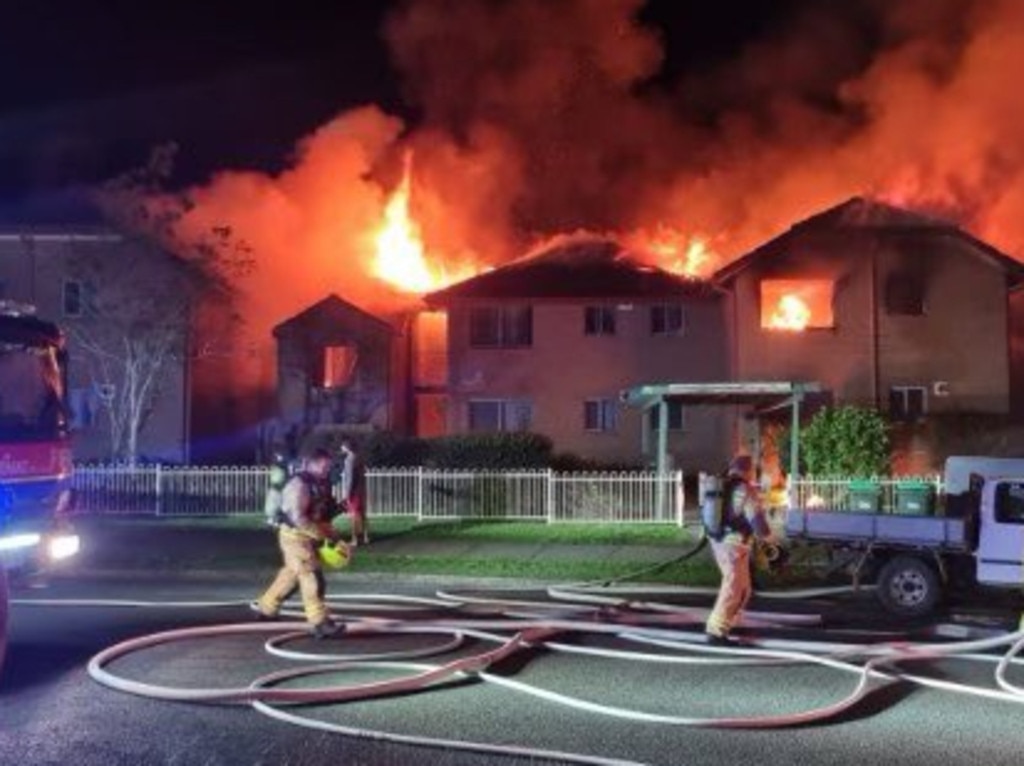Fire & Rescue NSW management knew of fireys’ stress, failed to act
Internal documents reveal senior management were aware of serious cultural problems five years before a scathing report highlighted the impact on NSW firefighters.

Internal Fire & Rescue NSW documents reveal senior management have failed to act on serious cultural problems despite being made aware of the issues five years before a scathing report highlighted the impact on firefighters.
As part of a presentation put together by consultancy firm The Behavioural Architects for FRNSW in November 2018, six “cultural barriers” were identified as hamstringing the organisation’s efforts to implement new initiatives, particularly the Home Fire Safety Checks Program.
Developed through interviews with FRNSW staff and observations at fire stations, the consultancy firm pointed to several issues: staff’s perceived alienation from senior management, a lack of transparency over decision-making and minimal internal collaboration.
“Those at station and zone level feel disconnected from senior management and head office,” the research concluded.
“This leads to an ‘us’ vs. ’them’ mentality and low levels of trust for directives and initiatives led from head office in Sydney.”
The findings reflected a focus group report undertaken by the University of Newcastle’s Centre of Full Employment and Equity released in April.
Commissioned by the Fire Brigade Employees Union, the report concluded a “growing sense of dislocation and distrust of FRNSW management” was a new major stress for firefighters, in addition to the traditional stressors of the job.
They “were characterised as careerists obsessed with achieving their own KPIs to advance their own fortunes while neglecting the needs and concerns of operational firefighters,” the report commissioned by the NSW Fire Brigade Employees Union said.
“This was a very strong resonance throughout the focus groups and indicates a major cultural problem exists within FRNSW.”
Commissioned in relation to a lack of buy-in from firefighters into the HFSCP – an initiative by FRNSW to use firefighters to proactively check at-risk homes to ensure smoke alarms were working – the report found a number of issues were stemming from head office.
TBA’s research found the FRNSW’s opaque decision-making process was creating disquiet within fire stations, as firefighters believed they had “little to no input over matters that effect their day-to-day duties”.
This was exacerbated by failures to collaborate internally, resulting “in a siloed work force”.
FRNSW’s 2019-20 annual report stated TBA were paid nearly $103,000 for a behavioural research project, including “developing Behavioural Interventions to prevent bullying”.
TBA were paid an additional $55,000 which was spent the following financial year for “research and behaviour science strategies to reduce bullying”.
FRNSW was contacted for comment.
Using focus group testing, the report included comments by one firefighter who accused FRNSW management of sitting in an “ivory tower” and having little understanding of the practical realities of staff.
The reports come after an investigation by The Australian revealed soaring fire fatalities – increasing seven fold between 2016 and 2022 – in NSW had been accompanied by falling firefighter numbers and consultant costs rising by 137 per cent.






To join the conversation, please log in. Don't have an account? Register
Join the conversation, you are commenting as Logout